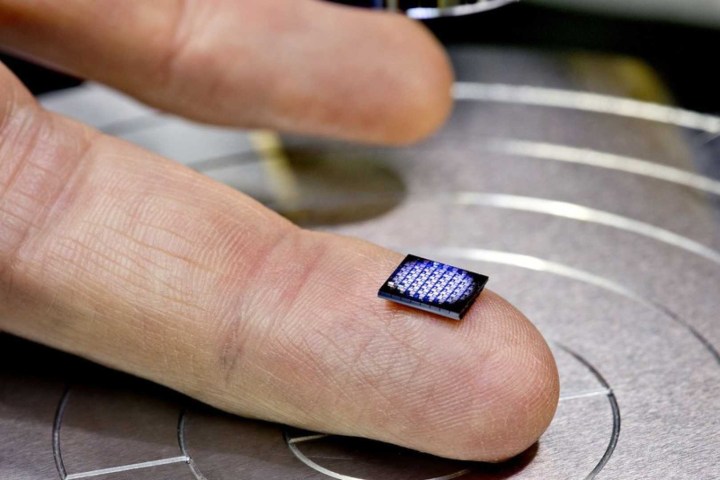
In an interview with the BBC, IBM president Jim Whitehurst warned that the chip shortage could last “a few years” longer. The quote echoes similar claims made by Nvidia and Intel, which have seen firsthand the disruption of supply chains brought on by COVID-19.
Even with an uptick in vaccinations and a sense of normalcy returning to parts of the world, things will remain in flux for the semiconductor industry for at least a few years. “There’s just a big lag between from when a technology is developed and when [a fabrication plant] goes into construction and when chips come out,” Whitehurst explained.
IBM just recently unveiled the world’s first 2nm chip, setting a new bar for the semiconductor industry. It doesn’t look like manufacturers will be using that technology soon, however. Whitehurst said that the industry will need to look at ways of reusing and extending the life of computing technologies to overcome the shortage.
Interrupted supply chains are one cause of the semiconductor shortage, but they’re not the only one. A surge in demand has also contributed. The Semiconductor Industry Association continues to see market growth in the semiconductor industry, with revenue in the first quarter of 2021 exceeding that of the same quarter in 2020 by 17.8%.
The biggest driver of demand is semiconductors in computing systems, according to IDC, a market research company, followed closely by smartphones. This has caused shortages of graphics cards, game consoles, laptops, and even cars.
Apple, which has long been able to secure chips for its products, has felt the squeeze, too. A report from April claims that Apple was delaying manufacturing of the MacBook Pro and the iPad due to a lack of components. Samsung is experiencing similar problems, citing “a serious imbalance in supply and demand.”
It may take a few years, but the semiconductor industry is building back up. Last month, President Joe Biden announced a $50 billion investment in the industry as part of the American Jobs Plan, and semiconductor giants like TSMC are already in talks to take advantage of the funding to boslter domestic production.



